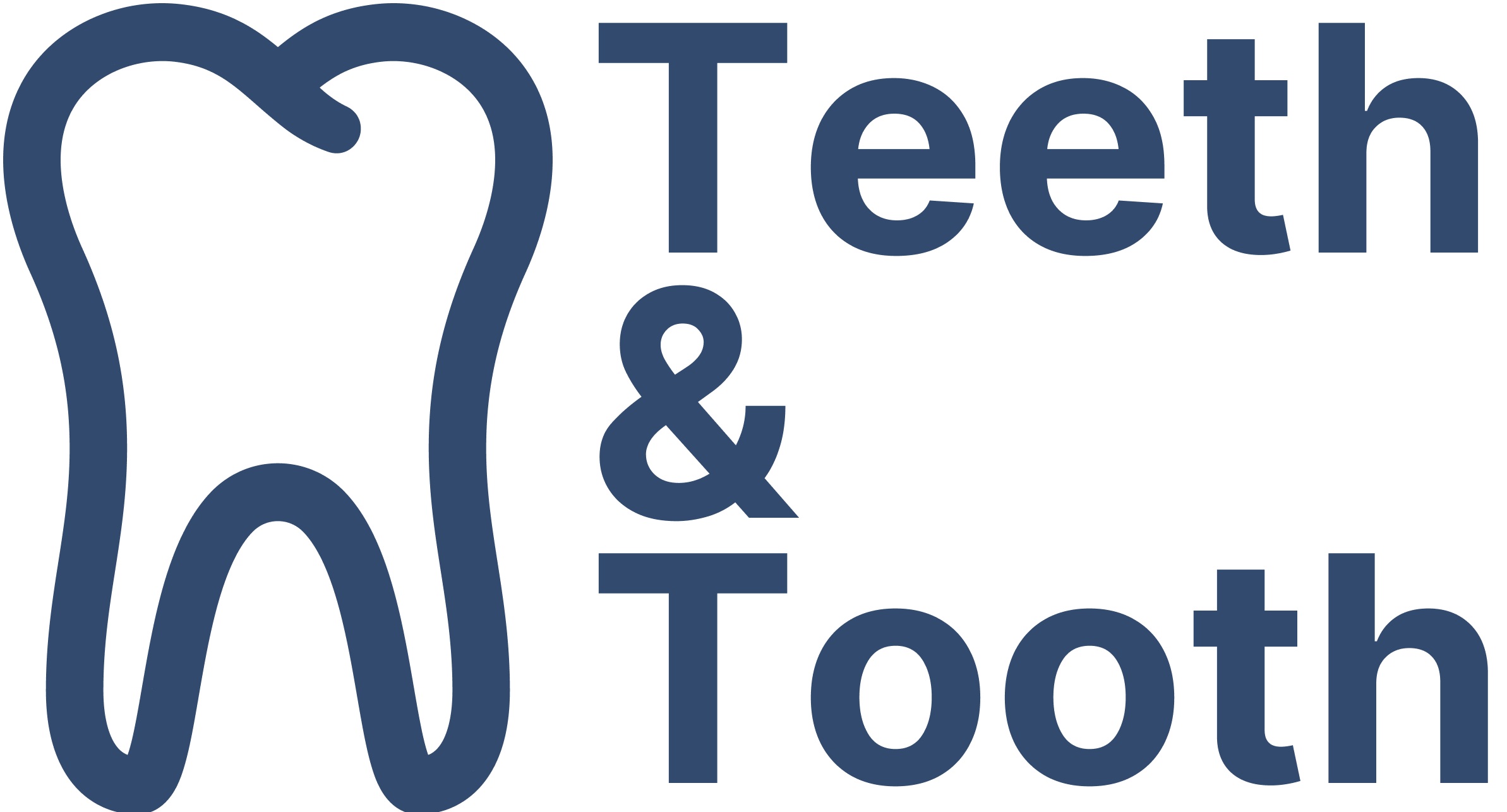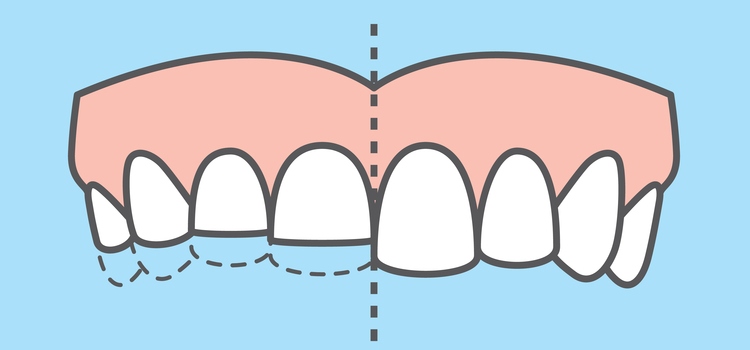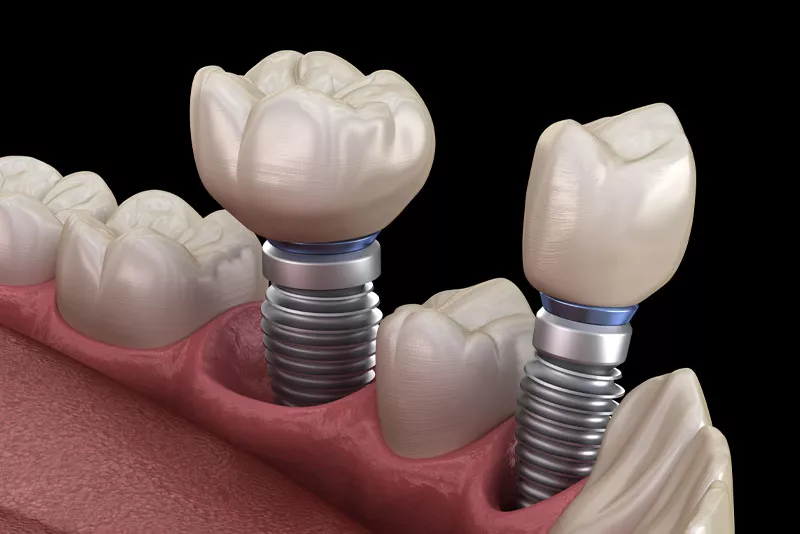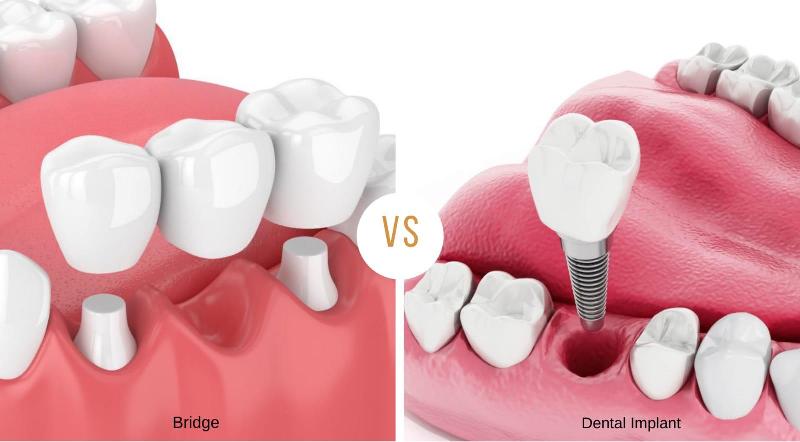
Our teeth are an essential part of our daily lives, allowing us to enjoy our favorite meals and communicate with one another. We often take them for granted, but have you ever stopped to wonder what these essential structures in our mouths are actually made of? And why are they so well-equipped to handle the daily grind (pun unintended) and challenges of our everyday lives?
As it turns out, the incredible teeth is composed of a fascinating combination of soft and hard tissues consisting of the enamel, dentin, cementum, and the dental pulp. Together, these tissues form a highly specialized structure that is both strong and resilient.
In the rest of this article, we will take you on a journey through the fascinating world of the teeth, uncovering the secrets behind the different remarkable substances that gives the teeth their strength and durability. So, the next time you flash your pearly whites, you’ll have a newfound appreciation for the intricate materials and design that make it all possible.
What is the Enamel?
Tooth enamel is the outermost, visible layer of a tooth, serving as a hard, protective coating. It is the hardest substance in the human body, even harder than bone, and is designed to withstand the daily wear and tear that comes from biting, chewing, and grinding.
Enamel is primarily composed of hydroxyapatite, a crystalline mineral consisting of calcium, phosphate, and hydroxide ions. Hydroxyapatite forms the majority of the enamel’s structure and is responsible for its exceptional hardness and strength. Apart from hydroxypatite, the enamel also contains trace amounts of other minerals and proteins that contribute to its unique properties.
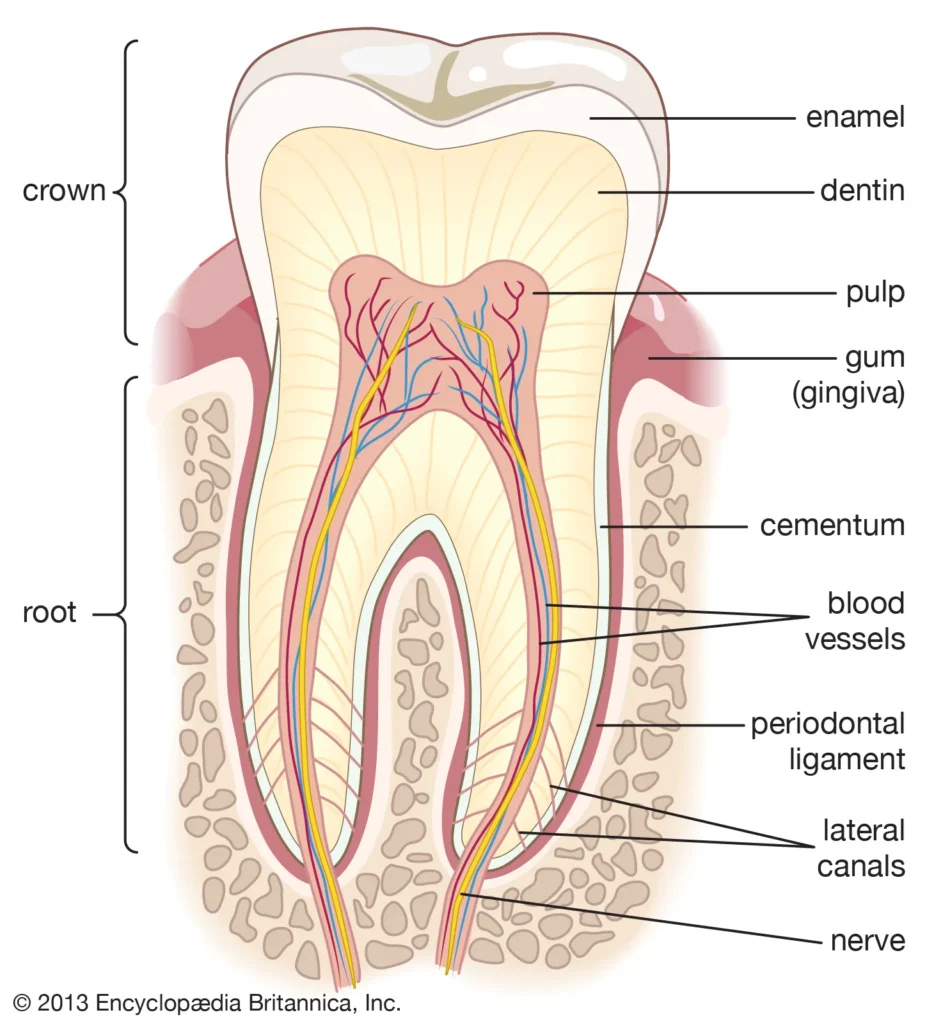
The enamel’s primary function is to protect the inner layers of the tooth, namely the dentin and pulp, from any harmful bacteria, acids, and physical damage. Due to its strength, the enamel acts as a barrier to prevent tooth decay and maintain the tooth’s overall structural integrity.
That said, the enamel is still susceptible to erosion and damage due to factors such as acidic food and beverages, aggressive (or excessive) brushing, or grinding of the teeth. As the enamel does not contain living cells, it cannot regenerate or repair itself once damaged.
What is the Dentin?
Tooth dentin is the layer of the tooth located directly beneath the enamel. While it can’t be seen from the outside, it makes up the majority of a tooth’s structure. The dentin is responsible for providing support to the enamel and helps maintain the overall structural integrity of the tooth.
Dentin is composed of microscopic tubules, organic materials, and inorganic materials. The primary organic component is collagen fibers, which provide a flexible, yet strong, framework for the dentin. The inorganic component is hydroxyapatite crystals, similar to those found in enamel, which contribute to the dentin’s hardness and rigidity. Other than it, dentin also contains a small amount of water, which aids in maintaining its overall structure.
The microscopic tubules within the dentin transmit sensory signals from the enamel to the tooth’s innermost layer, the pulp, which contains nerves and blood vessels. This connection is responsible for sensations such as pain or temperature sensitivity in teeth. Dentin also contributes to the color of the teeth, as its yellowish hue is visible through the translucent enamel.
It is worth noting that the dentin is not as hard and resilient as the enamel, and it is subjected to dental erosion and damage from tooth decay or trauma more easily than the enamel.
You may be interested in: Will Listerine Kill Tooth Infection?
What is the Cementum?
The tooth cementum is a thin layer of connective tissue that covers the root of a tooth, underneath the gum line. It plays a critical role in anchoring the tooth to the jawbone and ensuring the tooth’s stability within the mouth.
Similar to the enamel and the dentin, cementum mostly consist of hydroxyapatite. In addition, cementum also contains collagen fibers, which from a matrix that provides a flexible, yet strong, structure to the cementum.
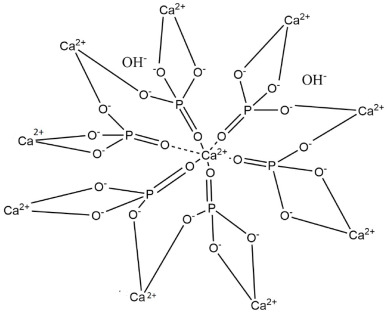
One of the main functions of cementum is to attach the tooth to the periodontal ligament, a connective tissue that connects the tooth’s root to the surrounding alveolar bone of the jaw. This special connection enables the tooth to withstand the various forces experienced during biting and chewing.
While cementum is able to regenerate and repair itself, it can still be wear down by dental issues such as periodontal (gum) disease or aggressive brushing. As such, it is essential to maintain proper oral hygiene habit to protect the cementum and preserve overall dental health.
What is the Dental Pulp?
The dental (tooth) pulp is a soft-living tissue located in the innermost part of the tooth. The pulp contains blood vessel, nerves, and connective tissue; each play a crucial role in keeping the tooth healthy and well.
The blood vessels carry oxygen and essential nutrients to the tooth, ensuring its health and vitality. On the other hand, the nerves transmit sensory information, such as pain or temperature sensitivity, from the tooth to the brain. This sensory function allows us to detect potential issues, like tooth decay or injury, which may require dental treatment. Last but not least, the connective tissue provide structural support to the pulp and help maintain its overall integrity.
The pulp is housed within a central chamber called the pulp chamber, which is located in the crown of the tooth. Pulp canals, also known as root canals, extend from the pulp chamber down to the tip of the root.
As one of the most fragile component of the tooth, it is highly susceptible to tooth decay, injury, or other factors. Any damage to the dental pulp can cause significant and even an infection. When this happen, a root canal treatment is required to remove the damaged pulp and save the tooth. If no action is taken, pulp necrosis—a situation where the pulp tissue dies—happens, making it necessary to remove the ‘dead’ tooth.
Are the Teeth the Same As Bones?
The teeth and the bone may look and sound the same: they are both white in appearance, are strong, and are made up of hydroxyapatite. However, they are not the same at all. This is due to three distinct factors:
- While both teeth and bones consist of hydroxyapatite, their concentration differs. Teeth have a higher mineral content, with enamel being the hardest substance in the human body. Bones contain more collagen, which provides flexibility and allows them to withstand different types of stress.
- Teeth are made up of multiple components, while the bone have a less complicated and more uniform structure. Teeth are made up of multiple layers, including enamel, dentin, cementum, and pulp. Bones have a more uniform structure, consisting of an outer layer of compact bone, an inner layer of spongy bone, and a central cavity filled with bone marrow.
- Bones are able to repair itself, while the teeth is mostly unable to do so. Bones have living cells called osteoblasts and osteoclasts that continuously remodel and repair bone tissue. This allows bones to heal and regenerate when they are damaged or broken. In contrast, enamel, the outermost layer of teeth, does not contain living cells and cannot regenerate or repair itself once damaged.
- The teeth and the bone serve completely different function. Teeth are primarily responsible for biting and chewing food, as well as assisting in speech. Bones provide structural support for the body, protect internal organs, facilitate movement, store minerals, and produce blood cells.
As described, the teeth and bones differ greatly in terms of their use, composition of minerals, and internal structure.
Takeaway
Throughout this article, we have explored the intricate composition of our teeth, diving deep into the unique characteristics of each layer, from the hard enamel that protects our teeth, to the supportive dentin, the anchoring cementum, and the vital tooth pulp.
It is also through the dissection of the teeth that we understand that teeth and bones are not the same at all. While the teeth and the bones do share some similarities in terms of their mineral composition, they differ distinctively in terms of their structure, function, and regenerative abilities.
So, the next time you brush your teeth or enjoy your favorite meal, take a moment to marvel at the incredible, complex structures that make it all possible. Our teeth truly are an amazing testament to the wonders of nature’s design.
